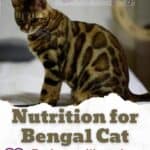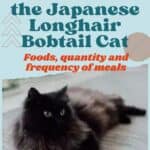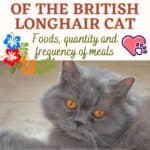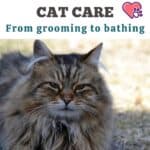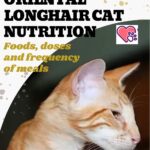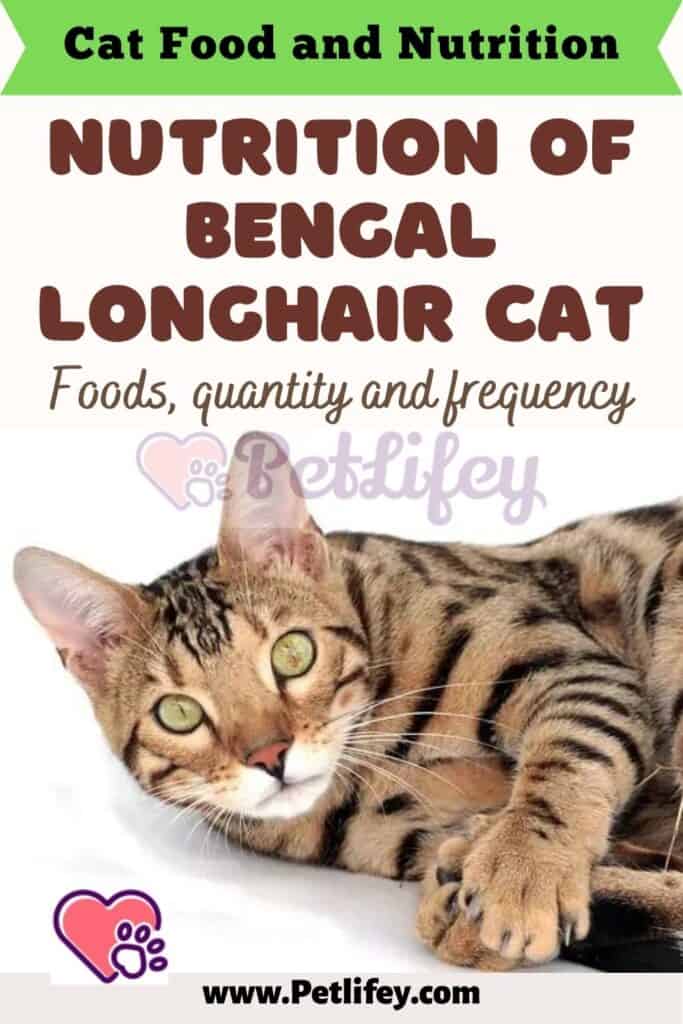
Nutrition of the Bengal Longhair, the secrets of a perfect physical shape thanks to adequate nutrition for this breed.
In today’s article we are going to see specifically, the feeding of the Bengal Longhair, the frequency of meals and the quantities necessary for the daily requirement of this particular breed of cat.
What to feed the Bengal Longhair
When deciding to welcome a Bengal Longhair into your home it is important to know their specific dietary needs.
Each breed has different peculiarities that can lead to equally different needs.
Just as we mentioned previously, before establishing the doses to be administered to your Bengal Longhair, it is necessary to know which foods the cat can benefit from.
First of all, it must be borne in mind that Bengal has the Asian leopard as its ancestor and still retains its characters in its DNA and anatomical characteristics.
For this reason, the diet also recalls that of the hour, that is the consumption mainly of meat and animal proteins, without however totally excluding carbohydrates and fats.
In most cases, in order to offer a complete and balanced meal, owners prefer to use the dry cat food available on the market.
However, for the most willing and available it is possible to personally prepare recipes for cats with the following nutritional values:
- proteins for cats: animal proteins, useful for the formation and maintenance of muscles, other tissues, blood but also for the regeneration and conservation of body cells and tissues.
- fats: they are a source of necessary energy and are mainly responsible for the transport of substances in the body as well as for the support and development of the joints and the nervous system;
- carbohydrates: they are an immediate source of energy;
- minerals: they are essential for the development and maintenance of tissues. They consist of: calcium, phosphorus, magnesium, potassium, sodium, chlorine, manganese, iron, copper, zinc, iodine and selenium;
- vitamins: they are useful for keeping the immune system strong and healthy. For example iron, potassium, calcium, magnesium, copper, zinc and selenium, vitamins E, C, D, and K.
Everything must be well balanced, as an overfeeding could cause obesity in the cat, in the same way a lack of nutrients could negatively affect the development of the joints.
This is why animal proteins must make up the bulk of the diet while fat must not exceed 10%.
The foods that can be used for any recipes for cats are:
- chicken, turkey, beef;
- salmon, tuna, trout, mackerel;
- liver, lungs, heart, stomach, etc..;
- fresh fruit and vegetables;
- fermented milk products, probiotics;
- vitamin and mineral supplements.
Nutrition of Bengal Longhair: doses and frequency of meals
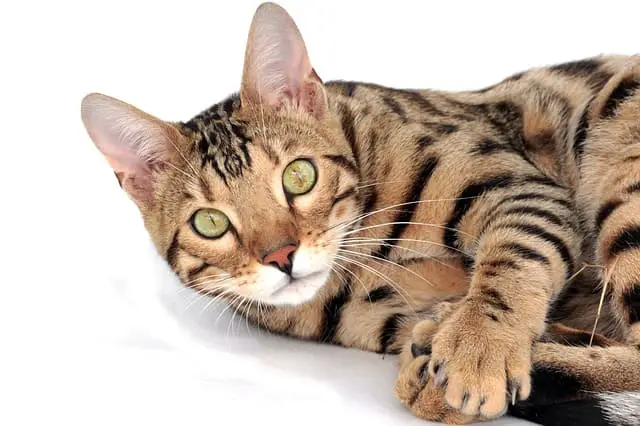
The Bengal Longhair is a very active cat, so we will not have problems with obesity caused by food and a sedentary lifestyle.
The Bengal Longhair is a muscular but also very agile cat, a skilled jumper, even a lover of water.
For this reason, for the doses and the frequency of meals it is not possible to equate them with those of other breeds.
In fact, the most common mistake is to think that cats all eat the same foods and in the same doses.
Although it may be partly true, since the diet of all cats, as previously mentioned, is based on proteins, it is equally true, however, that there is a differentiation to be made for the doses to be administered to the cat.
This is because the Bengal Longhair is a medium-large sized cat that, being very active, consumes much more than a sedentary cat, therefore it will be necessary to administer a greater dose of food.
With regard to the frequency of meals, experts recommend dividing them according to the age of the cat, that is:
- from 8 weeks to 6 months: 3 and 4 servings a day of 25 to 30 grams each;
- After 6 months: it is possible to reduce the number of meals to 2 per day from 200 and 450 grams of food each;
- 1 year: one meal a day, it may be appropriate to divide the portion into two in the morning and in the evening of 200 and 450 grams of food each.
After the age of 7, the elderly cat needs a diet very similar to that of adult cats, trying to adapt the diet to its needs, in order to guarantee a state of good health.
Remember that the quality of the food you offer your cat will be a determining factor in their health and quality of life and in addition to that, it is important to leave the cat a fountain with fresh and available water.

